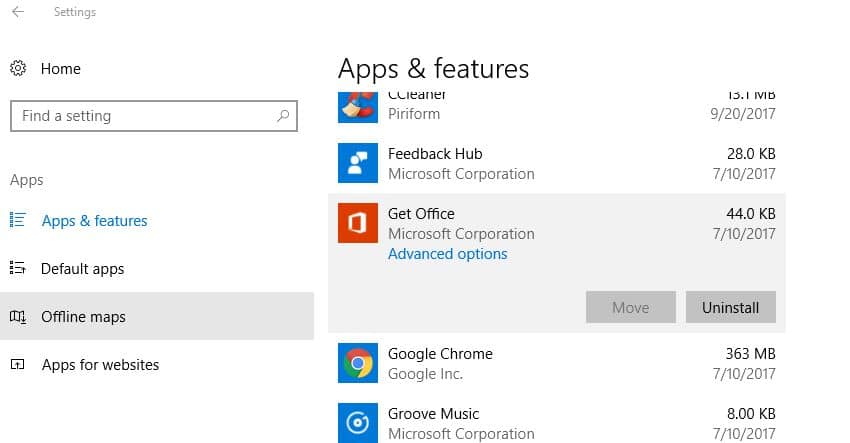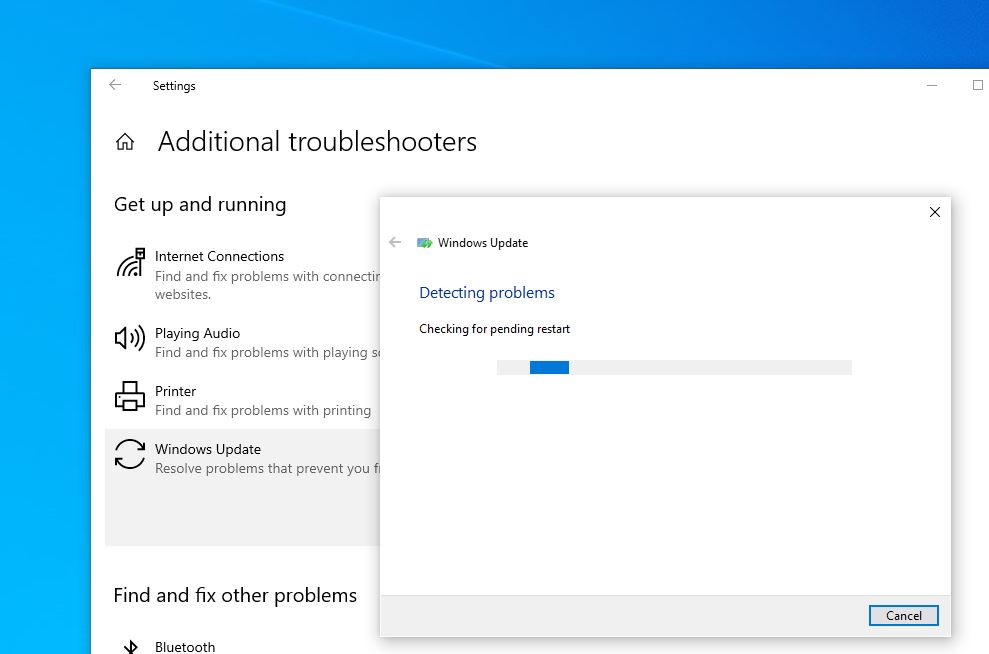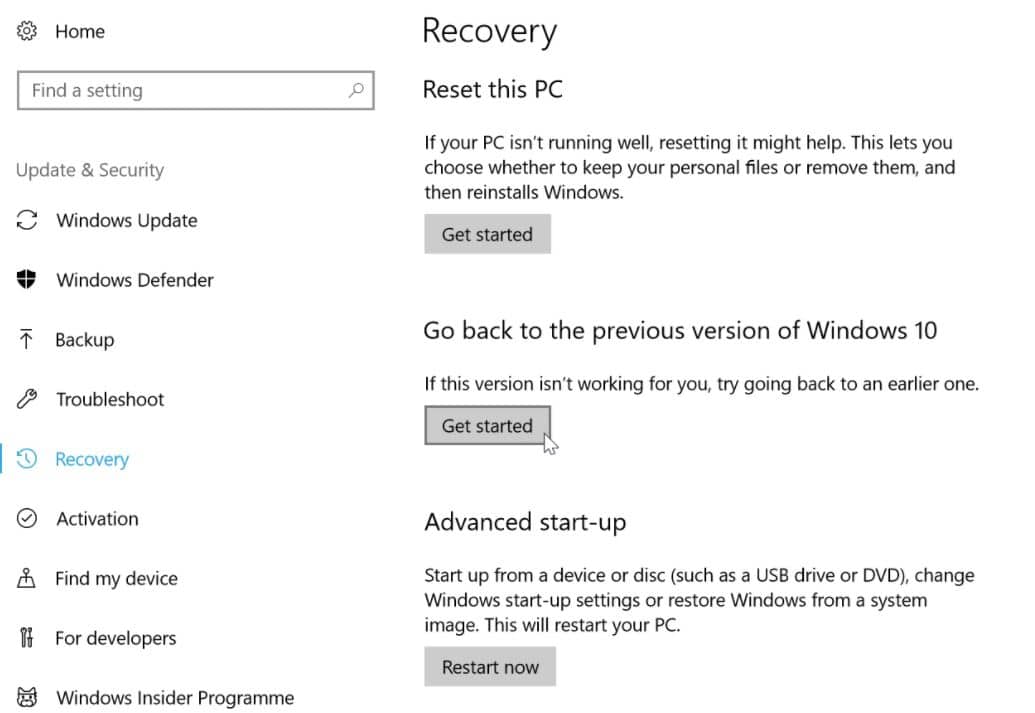Microsoft Store apps Missing after Windows 10 Update [Solved]
Microsoft Store Apps missing from the start menu or the missing apps are no longer pinned in the windows 10 Start Menu Here how to reinstall windows 10 apps

The Microsoft Store on Windows 10 provides a convenient platform for users to discover, download, and update various applications. However, it can be frustrating when you encounter missing apps or cannot find them within the store. A Number of users report Microsoft Store apps missing after the Windows 10 22H2 update. There are multiple reasons, including Windows update bug, Corrupt system files, and issues with the user account cause such problems on your PC. Here in this article, we will explore few working solutions apply to Restore the Missing Microsoft Store on Windows 10.
Microsoft Store Apps Missing Windows 10
If you look for the Reason behind this issue There may be an update Bug that causing the issue. Or sometimes Corrupted system files, store app files may also cause this issue. Here are some Applicable Solutions to fix Store Apps Missing on Windows 10 Update.
Check for Updates
Before diving into more complex solutions, it is important to ensure that your Windows 10 operating system is up to date. Outdated software can sometimes cause compatibility issues and prevent the Microsoft Store from functioning properly.
Follow these steps to check for updates:
- Click on the “Start” menu and open “Settings.”
- Select “Update & Security” and click on “Windows Update.”
- Click on the “Check for updates” button and wait for Windows to scan for available updates.
- If any updates are found, click on “Download” and allow the system to install them.
- Restart your computer if prompted, to apply the updates.
Repair or Reset the missing apps
If you notice any specific App causing the problem, such as for example Microsoft photos app not opening, Showing the Download arrow on the start menu pinned items, not appearing in the Start menu search results. Then Repair or Reset The missing App is found a helpful fix.
- Press the Windows key + I keyboard shortcut to open Settings then Select Apps.
- Next, click on Apps & Features tab, find the name of the missing app.
- Click the app and select Advanced options.
- You will find the Repair and Reset option.
- First Try to repair the App while may fix the errors, and Restart windows to take effect the changes.
- Or You can click on the Reset button to reset the App to its default settings.
Note: You might lose any app data that was saved. Once the repair or reset is completed, the app should again appear in the app list and can be pinned to the Start Menu. Do the Same with other affected Apps which may resolve the issue.
Reinstall the missing apps
If after performing the Repair or Reset option still have the same issue then try to reinstall the missing app by the following below.
- Open Settings then select Apps.
- Now on The Apps & Features tab, find the name of the missing app.
- Click the app and select Uninstall.

- Now Open Microsoft Store and then reinstall the missing app.
- Once installed, the app should appear in the app list and can be pinned to the Start Menu.
Reset the Microsoft Store
If the missing apps issue persists, resetting the Microsoft Store cache might help. Here’s how you can do it:
- Press the “Windows key + R” to open the Run dialog box.
- Type “wsreset.exe” (without quotes) and press Enter.
- A blank command prompt window will appear briefly, and then the Microsoft Store will launch automatically.
- Check if the missing apps are now visible in the store.
Re-register the Microsoft Store App
If resetting the Microsoft Store cache didn’t resolve the problem, re-registering the app can often fix underlying issues. Follow these steps:
- Right-click on the “Start” menu and select “Windows PowerShell (Admin).” If you don’t see this option, select “Command Prompt (Admin).”
- In the PowerShell or Command Prompt window, type the following command and press Enter:
- Get-AppXPackage *WindowsStore* -AllUsers | Foreach {Add-AppxPackage -DisableDevelopmentMode -Register “$($_.InstallLocation)\AppXManifest.xml”}
- Wait for the command to execute and complete the process.
- If you get any Redline while executing the command ignore them and wait completely execute the command after that Restart Windows and check All apps working as before.
Check App Visibility Settings
Windows 10 offers the option to hide certain apps in the Microsoft Store. Make sure the visibility settings for the missing apps are configured correctly:
- Open the Microsoft Store.
- Click on the three-dot menu icon in the top-right corner and select “Settings.”
- Scroll down and locate the “App visibility” section.
- Ensure that the “Show app availability” option is set to “All.”
Troubleshoot Windows Update
Sometimes, issues with Windows Update can affect the functionality of the Microsoft Store. To troubleshoot Windows Update, follow these steps:
- Open the “Settings” app, using the Windows key + I
- Select “Update & Security” and click on “Troubleshoot” in the left sidebar.
- Click on “Windows Update” and select “Run the troubleshooter.”
- Follow the on-screen instructions to complete the troubleshooting process.
- Restart your computer and check if the missing apps are now visible in the Microsoft Store.

Go back to your previous version of Windows
If none of these troubleshooting steps restore your missing apps, you may be able to go back to the previous version of Windows.
To go back to the previous version of Windows,
- Open the Settings app,
- Click Update & Security then Recovery
- Click get started under Go back to your previous version of Windows.
- And follow on-screen instructions to roll back from Windows 10
Note: This option will not appear if more than 10 days have elapsed since you installed the October 2020 Update, or if other conditions apply that prevent this option.

Reset Windows to Default Setup
Finally, if none of these options resolve your problem, as the last option you can Reset your PC. Resetting the PC will remove all apps and drivers you may have installed and any changes you made to settings. After the reset is completed, you will need to go to the Store and reinstall all your Store apps, and possibly reinstall your non-store apps as well.
To Reset your PC, go to Settings > Update & security > Reset this PC > Get started and choose an option. (We recommend choosing the Keep my files option to keep your personal files.)
